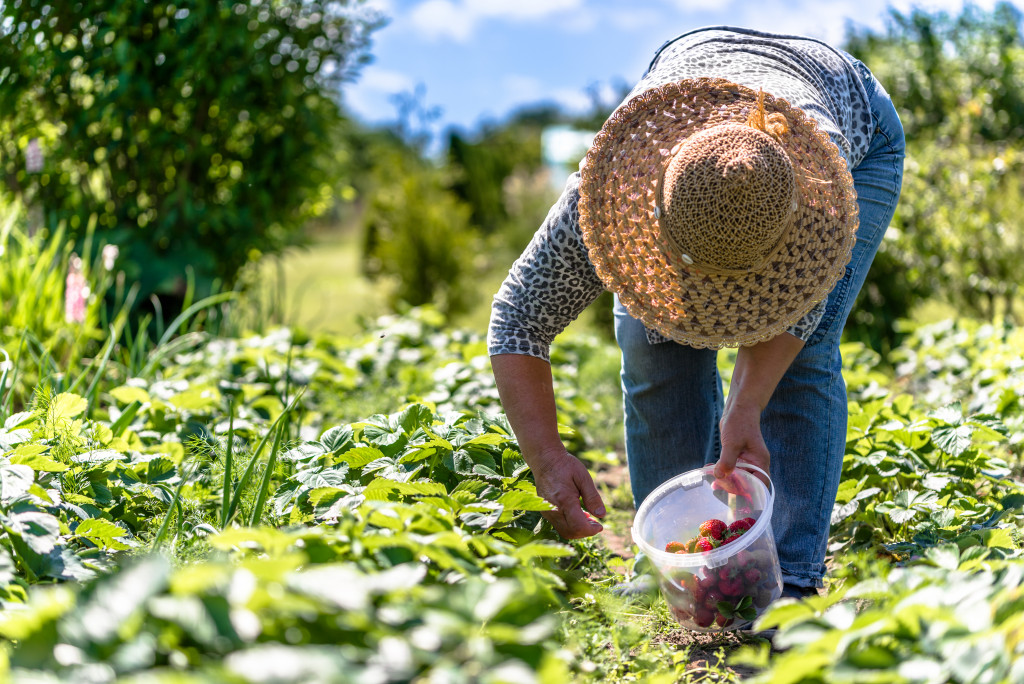During the COVID-19 pandemic, major chronic diseases such as hypertension and cardiovascular disease, were identified as comorbidities. These diseases put people at higher risk of serious complications if infected by the virus. Two studies published this year in the Journal of the American Heart Association highlighted the need to shift to a predominantly plant-based diet.
According to one study over 30 years, young adults who have a plant-centered diet have a 52 percent lower risk of stroke. They also have a lower risk of suffering from heart attacks, heart failures, and other heart conditions in middle age. The other study over 15 years states that postmenopausal women who have a plant-centered diet have a 17 percent lower risk of experiencing heart failure. Furthermore, they also have a 14 percent lower risk of experiencing coronary heart disease and 11 percent lower risk of having any kind of cardiovascular disease.
This year, an article on Stanford University’s Stanford Report states that a diet focused on whole foods sourced from plants lowers body weight, reduces blood pressure, and decreases the risk of cardiovascular disease, diabetes, and cancer. The article cites data from the World Health Organization, US Dietary Guidelines for Americans, American Diabetes Association, and the American Cancer Society. It also clarifies that one does not necessarily have to go fully vegan or vegetarian. Merely making plant-based food the central portion of each meal will already make a big difference.
Fresh Vegetables and Fruits
Vegetables and fruits are best consumsed freshly harvested from the plant. This is when they have their complete nutrients and are at their tastiest. They lose nutrients and flavor as days go by. They must also be harvested only upon maturity. Vegetables and fruits transported for several days from rural farms to city supermarkets are often harvested before they are fully mature and continue to mature along the journey. They cannot compare to freshly picked vegetables and fruits.
Locally Sourced Produce Near You
The growing popularity of urban agriculture brings fresh vegetables and fruits closer to people in the cities and suburbs. Many households are growing their edible gardens in backyards and even indoors. Many communities are also encouraging volunteers to plant in communal land areas. The volunteers get accessible portions of the harvest in return. Other community members can buy the surplus at affordable prices. Likewise, hydroponic farming businesses grow vegetables, mushrooms, and herbs in container vans, even in areas where the soil and the weather are unsuitable for agriculture. Locals can purchase directly from them.
These urban farming endeavors go together with the growing popularity of plant-based food.
Why Freshness Matters

Babies and children do not have to be coaxed into eating freshly harvested vegetables and fruits because these are naturally delicious. When introduced to freshly picked produce, they much on these without any dressing. These babies and children will grow up to develop healthy eating habits. Current adults will discover what they have been missing all along.
Support from the Government
The US government recognizes the value of urban farms. In 2020, the US Department of Agriculture (USDA) launched a grants program with three million dollars for K-12 schools, local or tribal governments, and nonprofit organizations. Three million dollars were available through the newly created Office for Urban Agriculture and Innovative Production. Among the grantees in 2020 were the New Haven Urban Agriculture Master Plan of Connecticut, the Center for Land-Based Learning of California, the Greenleaf Foundation of Atlanta, and Interfaith Power and Light of Arkansas. In 2021, four million dollars are available as grants.
Some states have their own urban farming grants. For instance, the Florida Urban and Community Farming Pilot Program was established in July. It has $500,000 in funds, and grants will be between $5,000 to $50,000. These will be given in tranches to approved projects over two years.
The Urban Agriculture Resilience Program began in 2020 as a collaboration between the US Botanic Garden and the American Public Gardens Association. It aims to support programs that combine urban farming, education, and community assistance for food security. It targets public gardens that have urban farms or community gardens in partnership with local government agencies, nonprofits, communities, universities, and schools. Best practices are to be shared with other groups.
The program gave 21 public garden partnerships $403,450 in June this year. Some of the grantees were the Friends of Birmingham Botanical Gardens benefiting the Community Kitchens in Alabama, the Gardens on Spring Creek benefiting the Food Bank for Larimer County in Colorado, the Mary Mitchell Family and Youth Center benefiting the La Jornada Food Pantry at Queens Museum in New York, and the Friends of the Cheyenne Botanic Gardens benefiting the Wyoming Hunger Initiative.
As private and public urban farming initiatives join hands, it will be easier for every American family to have healthy, mostly plant-based meals. With COVID-19 developing new variants in the pandemic, eating healthy is now more critical than ever.







